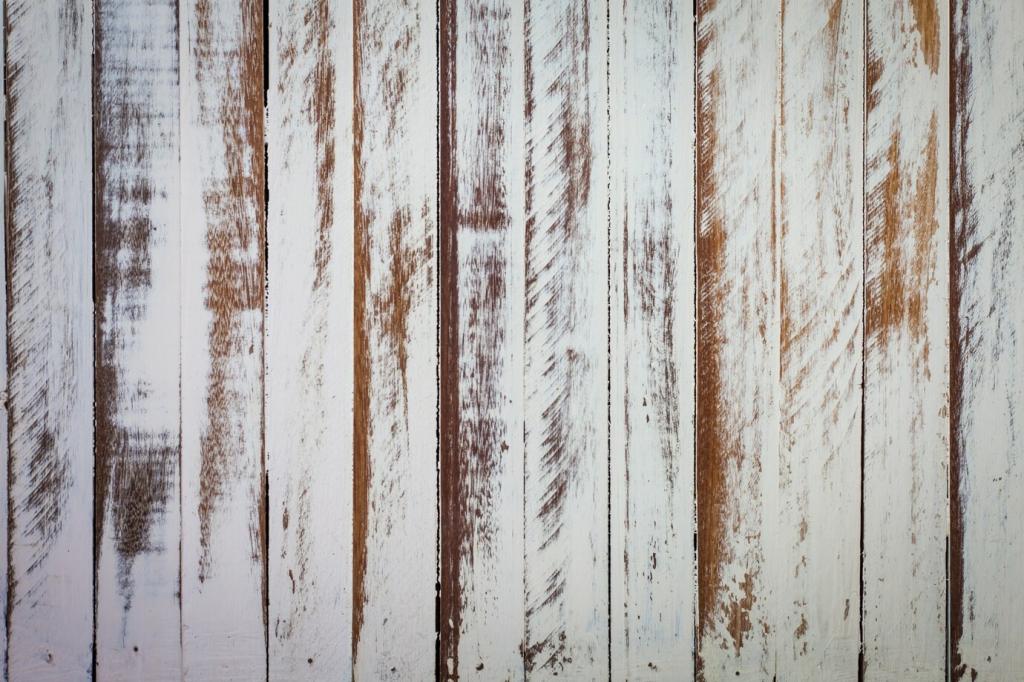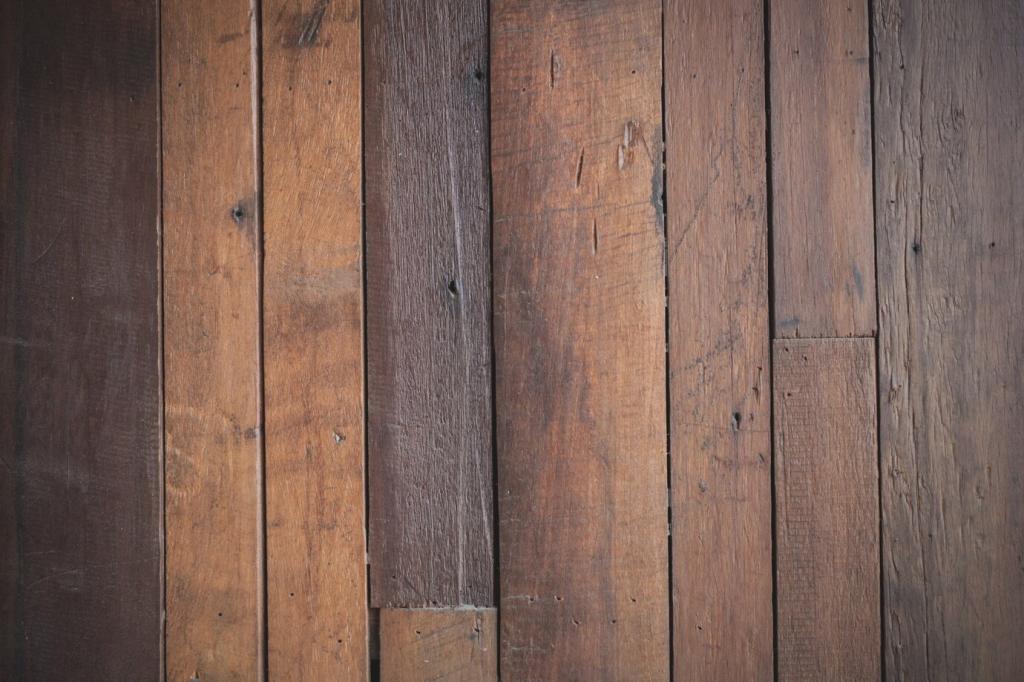The Frontier: Mycelium, Geopolymers, and Printed Earth
Mycelium panels offer acoustic absorption and low embodied energy with end-of-life compostability. In a pop-up studio, we grew baffles over ten days, then trimmed them like loaves of bread. Curious? Subscribe for our lab notes and share your own experimental recipes and molds.
The Frontier: Mycelium, Geopolymers, and Printed Earth
Alkali-activated binders cut clinker demand and can use industrial byproducts. They cure differently, so testing and local expertise matter. If your team trialed geopolymer mixes, tell us what your cylinders and prisms revealed—successes and failures both move the field forward.




